The Tidal Wave of ‘78
1978 was a year of weather extremes. The flooding storm of January 9, 1978, is often erased from our memories by the huge Blizzard of ’78 that followed it less than a month later. When the South Portland Coast Guard Station put out a Tidal Wave Warning at 1:45 pm on Labor Day folks were primed for another weather emergency.
Captain Roy Hill, a well-respected sailor who lived on his 57-foot Chris Craft Constellation yacht Gemini at Boston’s Constitution Wharf, was sailing it from Boothbay to Boston. Near Boon Island Light, he spotted a giant wave headed northwesterly toward the Kennebunks. All eight people onboard agreed the wave was 50 to 60 feet high and about as long as a football field. At 1:33 pm Hill radioed the Portsmouth Coast Guard Station and was patched through to Chief Radioman Bruce Wakefield at the South Portland Station. Bruce asked the yachtsman to check his charts to make sure that the wave he saw was not a breaker over the rocks at Boon Island Ledge 3 miles from the island. Captain Hill replied that it had been spotted about ¾ of a mile from the island.
Bruce Wakefield was a Cape Porpoise native. In fact, he was the great-grandson of the former Goat Island Lighthouse Keeper George Wakefield. He calculated that if the report was true, the mountainous wave would reach Kennebunk Beach and Goose Rocks Beach within seven or eight minutes. He couldn’t ignore the potential danger for the sake of his family and friends, so he put out a marine warning to all vessels and contacted the Police Departments of Kennebunk and Kennebunkport who in turn notified the Fire Departments.
Kennebunk Police Chief Frank Stevens was skeptical about the Tidal Wave but with the help of the Fire Department, he evacuated the four Kennebunk beaches, anyway. “They were cleared within 10-20 minutes without incident,” said Stevens. “We were happy to find out that we could react so well and quickly when the occasion arose.” Kennebunkport Police cleared Goose Rocks Beach in 10 minutes.
The wave never landed. All-out whistles blew at about 2:40 p.m. The wave was declared a big hoax. The Coast Guard backed Bruce Wakefield’s decision to call the warning 100% but he took a lot of ribbing from local fishermen. “We don’t get Tidal Waves in Maine,” they chided.
There have been a few tidal waves in Maine over the years. In 1869, one hit Machiasport and swept up the Penobscot River damaging houses, wharves, and boats. Machias got hit in 1891 and lost a bridge. In January 1926 a 10-foot tidal wave washed 50 fishing vessels ashore at Mt. Desert.
Bruce Wakefield was right to call the warning. Hurricane Ella was boiling off Newfoundland that day and a minor earthquake had been reported in Acton, Mass the day before. Hurricanes or earthquakes often precede tidal waves. A Drakes Island summer resident, Philip Foster, theorized that a 50-foot wave like the one reported by Roy Hill could have been a “dollop” caused by Hurricane Ella.
Henry Hokans, an Ogunquit summer resident, was in his 16-foot runabout just off Boon Island Ledge that same afternoon. He saw a lobster boat fishing south of the Ledge. Hokans observed a series of “huge waves – stupendous waves.” They were so big it took five to ten minutes for them just to curl around. Both boats quickly moved out of their path just in time.
Whether it was the biggest hoax of the year or a near-miss few people along the York County coast will ever forget The Big Wave of Labor Day 1978.


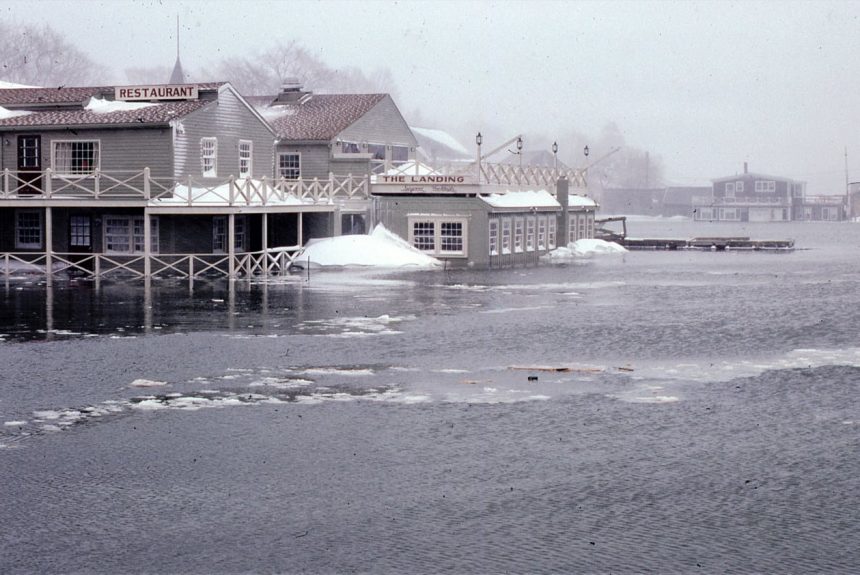
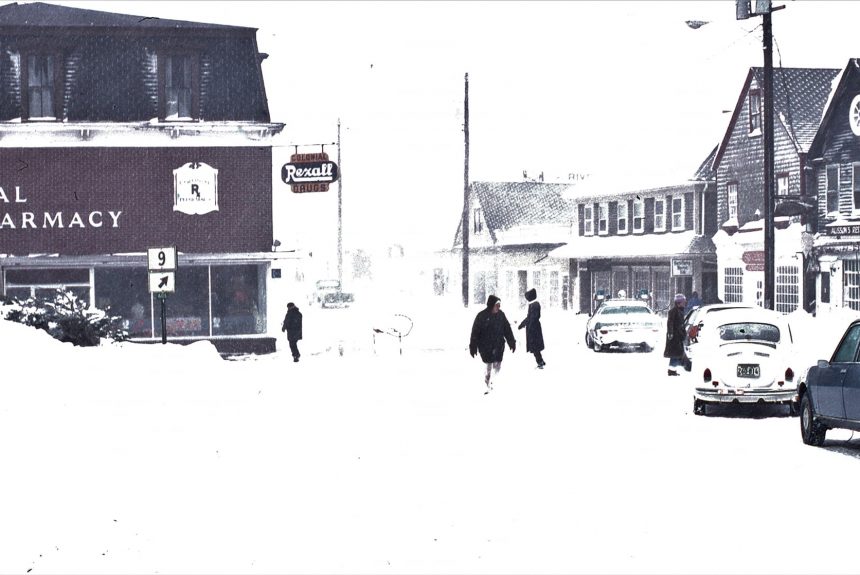

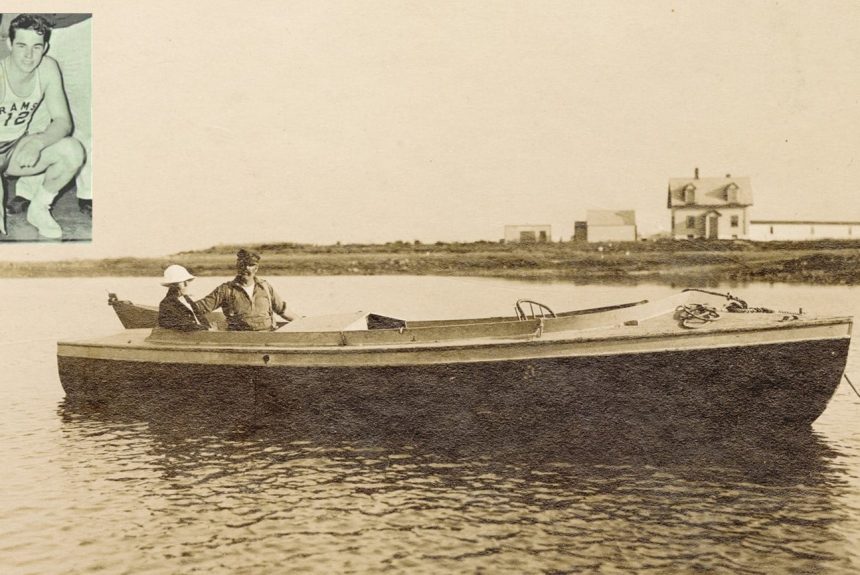
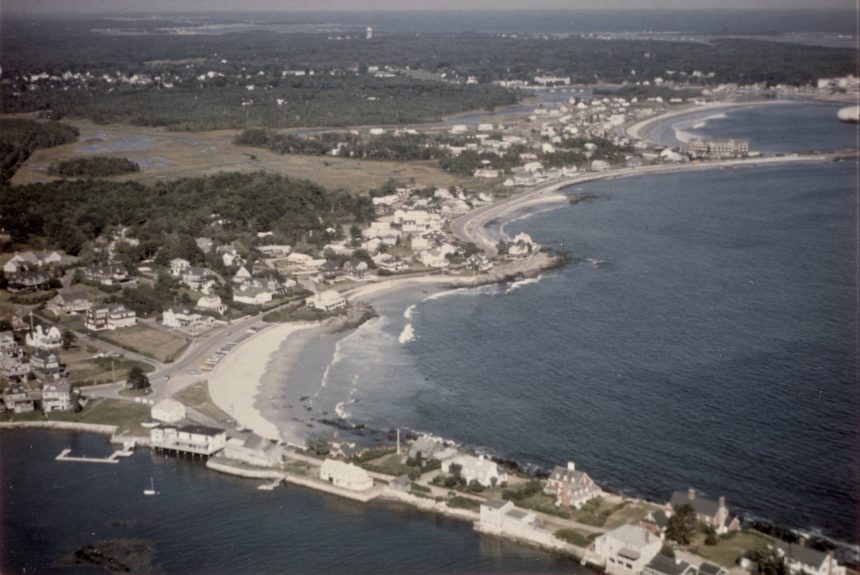
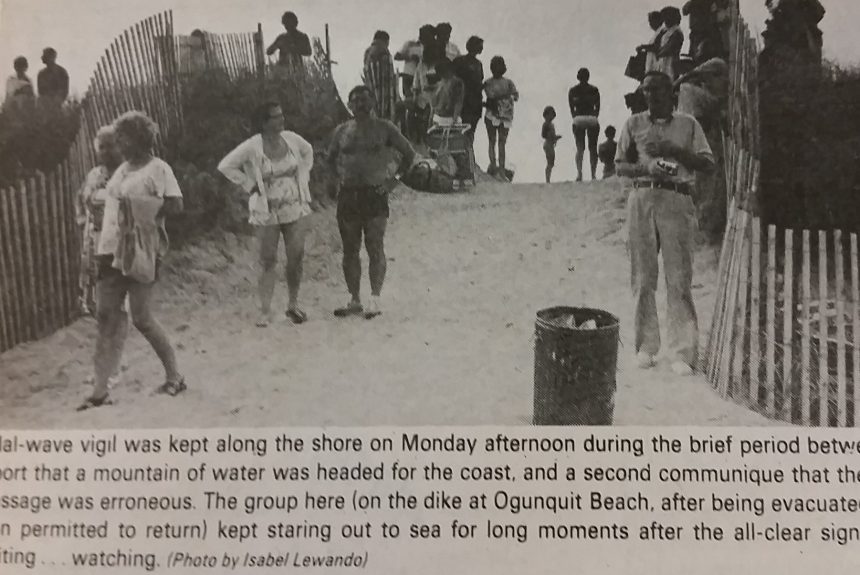
Leave a Reply